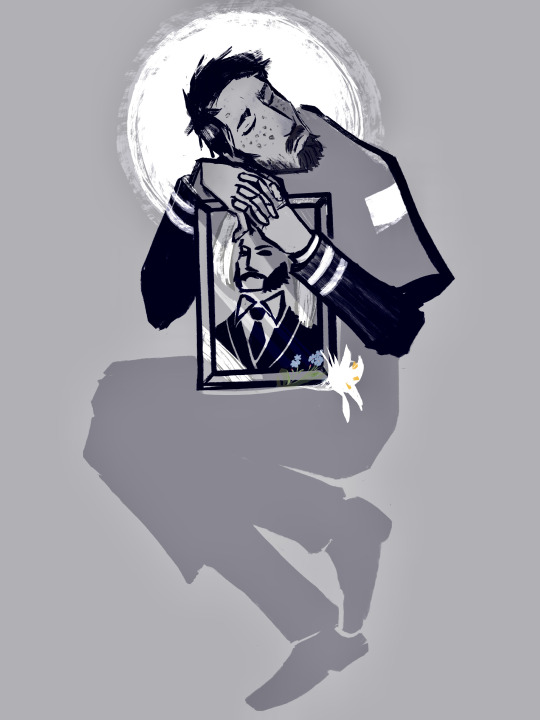#you can hate him all you want for leaving harry before & during tribunal but how could he have foreseen all this bullshit would have happen
Explore tagged Tumblr posts
Text

“white mourning.”
#‘‘A white mourning. A modern death. Divorce or something similar. All you can do is put more distance between you & him. make him smaller.’’#jean is a very easy character to hate if you know nothing about him. & you know what they say. easy target doesn’t make for a good practice#judit literally compares harry to intellectually disabled man yet you don’t see ppl hating her because she is outwardly nice.#she’s polite yes but she doesn’t care as much as jean cares for harry#he is not perfect. he is mean. but loyal. if he truly didn't care he wouldn't hab come back to martinaise & coulda just reported harry’s as#he put up with du bois’ bullshit for years and built a toxic (totally straight) relationship with him yet always comes back.#he says he will leave you in the village to die but please understand harry isn't exactly a great person. especially pre-bender hdb.#planned a make up joke & put on a wig for hdb even tho he wasn’t the who started the whole fiasco#you can hate him all you want for leaving harry before & during tribunal but how could he have foreseen all this bullshit would have happen#his second leaving is kinda bullshit writing but#jv is dealing with his own demons too. clinical depression. partner almost died. job is shit. case spiraling out control#i do not blame the DE staff either. sometimes shit just happens. not everything needs a grand explanation.#but it definitely coulda been handled better. but i understand. resources were sparse.#i relate to jv. as someone with temper issues & attention problems i have to remove myself from the scene or i'll say shit i'd regret late#my man is having the worst week of his life. leave him alone.#kim is great but have u heard of a man who thinks he's old when he is only 30 & luvs horses & his commie boyfriend that he's divorcin' soon#disco elysium#de fanart#jean vicquemare#disco elysium fanart#jean heron vicquemare#jean posting#illustration#de#artists on tumblr#I WANTED TO DRAW THIS FOR MONTHSSS YOU COULDN'T IMAGINE. HE LITERALLY HAUNTED ME IN MY SLEEP!!!#i love him normal amount. very healthy. much feelings#my little maiu maiu#cryptiduni#my art
236 notes
·
View notes